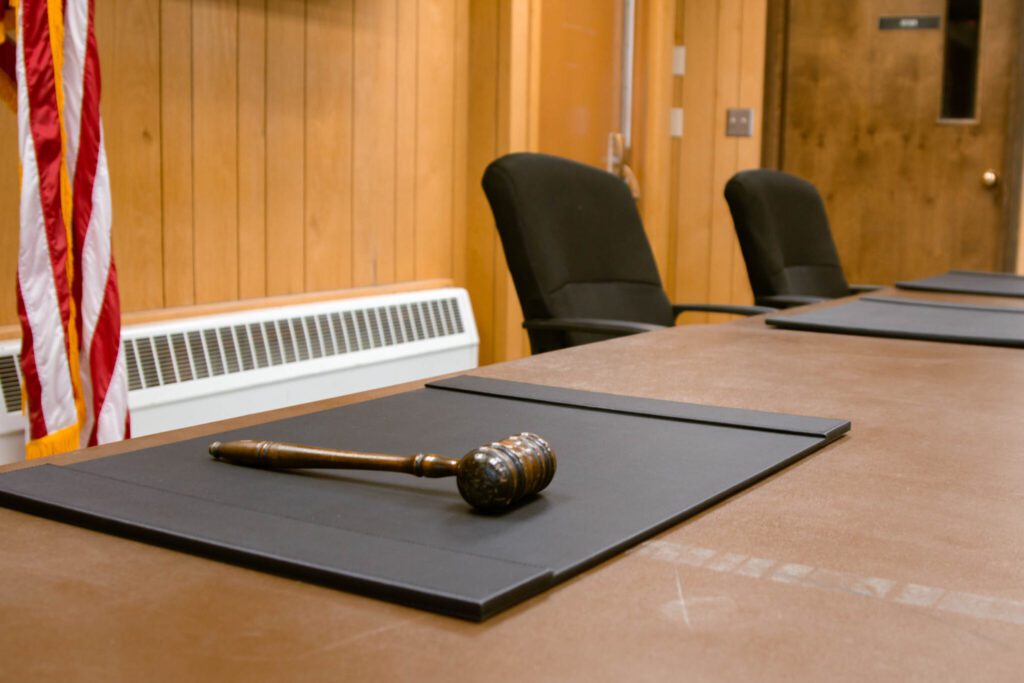It was a night of approvals at the Nome City Council meeting Monday, advancing the latest for the city’s new museum and library building as well as loans for the utility, but leaving unanswered questions ranging from legal marijuana sales in city limits, to just what to do with an extra $50,000 in community benefit shares from NSEDC.
The council approved a $10.5 million price tag for the city’s new library, museum, and Kawerak cultural center known as the Richard Foster Building. The project is on budget—in fact, the cost is down from an earlier estimate of over $12 million—and the price covers materials, architecture, engineering, permitting, and more. But one item not covered in that price is humidity control for exhibits. It’s something council member Louie Green Sr. said should be part of the building, but something council member Randy Pomeranz said the council decided to cut.
“You’d have to have [that],” Green said, “ivory carvings and stuff like that has to stay in a pretty [controlled] environment.”
“We had taken it out,” Pomeranz responded, “so it’s kind of new to the forefront again.”
It’s a component that could still happen, with roughly $1.6 million as yet unspent for the museum for storage and exhibits, as well as about a half million dollars in contingency funding. Project managers with contractor ASRC SKW Eskimos, Inc. said at Monday’s meeting they are drafting plans on how to use the extra funds, and humidity controls is on the list.
Norton Sound Economic Development Corporation is pledging $150,000 for community projects in each NSEDC member community as part of its annual Community Benefits Share, and that’s $50,000 more than the council had expected. Sue Steinacher with the Nome Emergency Shelter Team was quick to ask for a chunk of the extra money.
“You have been a tremendous supporter of NEST, and you’ve given us $10,000 out of your May budget every year since we got going. And then, when NSEDC started giving the city money, we also would make a request at that point for $20,000, out of which you would give us $10,000,” she said to the council during public comment. “Now I found we didn’t get any money out of the May budget, that it’s being deferred to this NSEDC funds. Given that you find yourself with an extra $50,000, I would like to put in a plug that you maintain the level of $20,000 funding that we’ve gotten from you in the past.”
As mandated by the terms of the NSEDC benefit shares, which requires the funds be dispersed only after going through a public process at the municipal level, the city will take additional proposals from the public for project ideas in the coming weeks.
Shifting gears, the council looked at the ongoing financial issues at the city utility, and its $2.2 million line of credit that’s been used to pay for everything from fuel bills to loans to construction projects. The council unanimously approved changes to two utility loans—one for $1.6 million and another for $1.8 million—meant to recoup costs for water and sewer projects already completed. The loans are essentially unchanged, only the source of the funds is different; both loans are now being issued by the state Department of Environmental Conservation. But changing horses midstream on multi-million dollar loans made council member Matt Culley increasingly nervous.
“We’ve asked for a few things,” from the utility to make financial judgements, Culley said, including inquiries on “cash flow, who owes what, where’s it at, where’s it going … we need to know that cash flow.”
Culley said, with changes to the utility’s credit agreement with the city having already been made once before, he doesn’t want to alter the city’s deal with the utility any further.
“I’ve got to say, I will go on record to say I will not approve any more money going to NJUS on this, on any more surprises.”
To that end, council member Gerald Brown proposed a subcommittee, made up of members from the utility board and the city council, to look at the idea of folding the utility’s accounting system into the city’s.
“I don’t think it’s necessary to really air all the rumored dirty laundry at the council meetings,” Brown said. “We can determine more of the facts first, and the truth of the matter, in a smaller setting.”
Monday’s meeting ended with a question: how should the city of Nome prepare for the impending legalization of marijuana, specifically, if and when the state’s regulations permit legal sales? It was a conversation council member Stan Andersen said needs to happen with the community, and the police chief, before lawmakers in Juneau make the decision for them.
“I think the Chief [John Papasodora] should know sooner or later probably which way the council is leaning when it comes to legalizing the sale of pot. I don’t think we should wait for the legislature to start making up our minds what we’re going to do, we should give an indication of what we’re doing.”
City Manager Josie Bahnke recommended the council wait to meet with the city attorney before deciding on a way forward when it comes to legal pot sales in Nome.







